Electrophysiology
Alterations in electrophysiology have been observed in people with schizophrenia. Magnetoencephalography (MEG) uses a helmet-shaped device containing sensors to noninvasively measure the magnetic fields produced by neural activity of the brain. Electroencephalography (EEG) uses electrodes on the scalp to measure electrical activity in the brain. EEG also gives rise to event related potentials (ERP), which measure the EEG activity directly evoked by a stimulus, often using cognitive or perceptual stimuli. One example of an ERP is the P300 wave, which is measured primarily over the parietal lobe and is used as a measure of cognitive function. Another example is the P50 event-related potential, which is interpreted as a physiological substrate for an inability to “gate” or inhibit irrelevant sensory information. Eye movement dysfunction may also be apparent, measured via visual tracking. Click on the tabs below to access all the information, or browse via the drop-down menu on the left.
Image: ©vegefox.com – stock.adobe.com
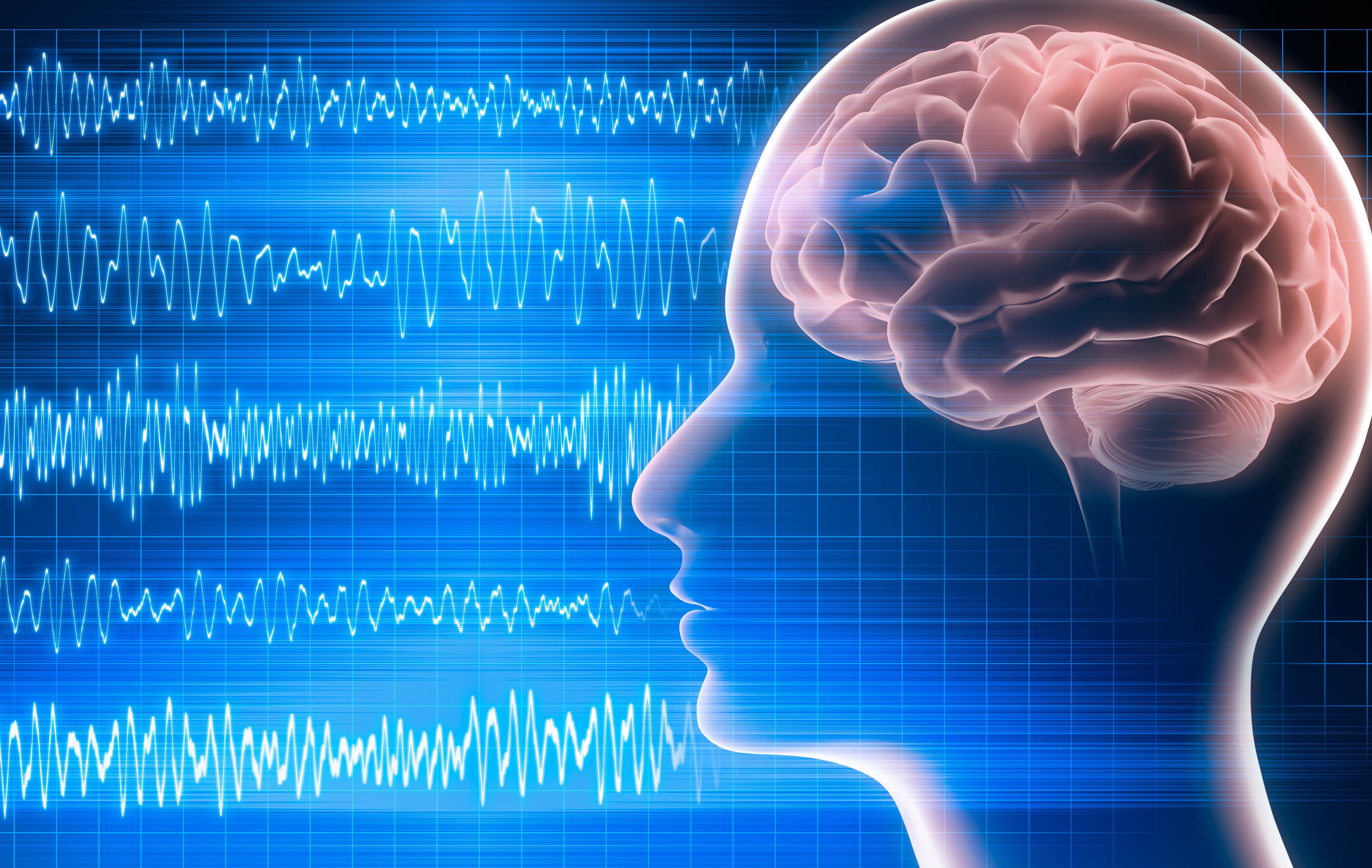
Electroencephalography
What is electroencephalography (EEG)? Electroencephalography (EEG) uses electrodes on the scalp to measure electrical activity from the brain. Quantitative spectral EEG investigates several waveforms, and so the activity can be measured, but EEG also gives rise to event related potentials (ERP), which measure the EEG activity directly evoked by a stimulus, often using cognitive or perceptual stimuli. Error-related negativity is a response-locked ERP that has been associated with monitoring of actions and detecting errors. Error-related negativity is typically followed by the error positivity component. In contrast to error-related negativity and error positivity, feedback negativity is elicited by externally provided feedback…

Eye movement dysfunction
What is eye movement dysfunction? Smooth pursuit eye movement is a visual tracking reflex evoked by a smoothly moving target, usually elicited by stimuli presented on a computer monitor. Deficits in smooth pursuit and an excess of ‘jerky’ eye movements were one of the earliest reported phenotypes associated with schizophrenia, and smooth pursuit has since been identified as a candidate endophenotype (phenotype with a clearer genetic connection) for schizophrenia. The aim of the smooth pursuit reflex is to maintain the image of the moving target on the fovea, the region of the retina with the highest density of photoreceptors. The…
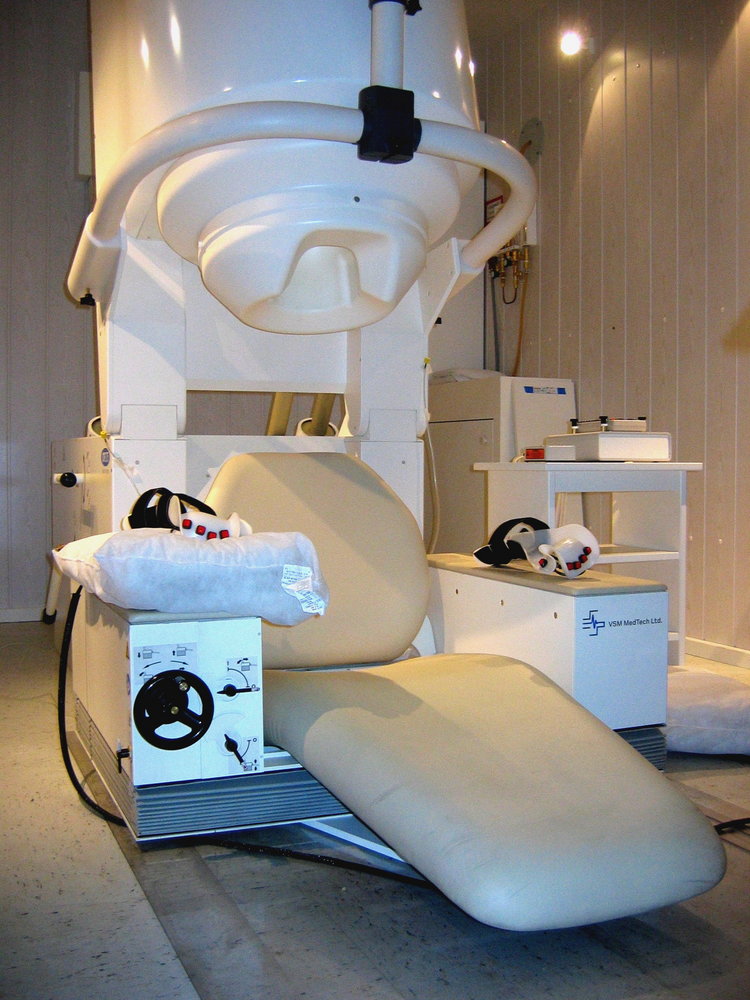
Magnetoencephalography
What is magnetoencephalography (MEG)? MEG uses a helmet-shaped device containing MEG sensors (gradiometers) to noninvasively measure the magnetic fields produced by neural activity of the brain. MEG is able to localise the source of neural activity to particular brain regions, represented as positive and negative charges (dipoles), with greater accuracy than EEG, which is a measure of the electrical fields produced by neural activity. MEG can be used to measure continuous resting-state brain activity (spontaneous MEG), but also to assess event-related changes in brain activity. Spontaneous MEG reflects neural activity in particular brain regions and across a range of frequencies….
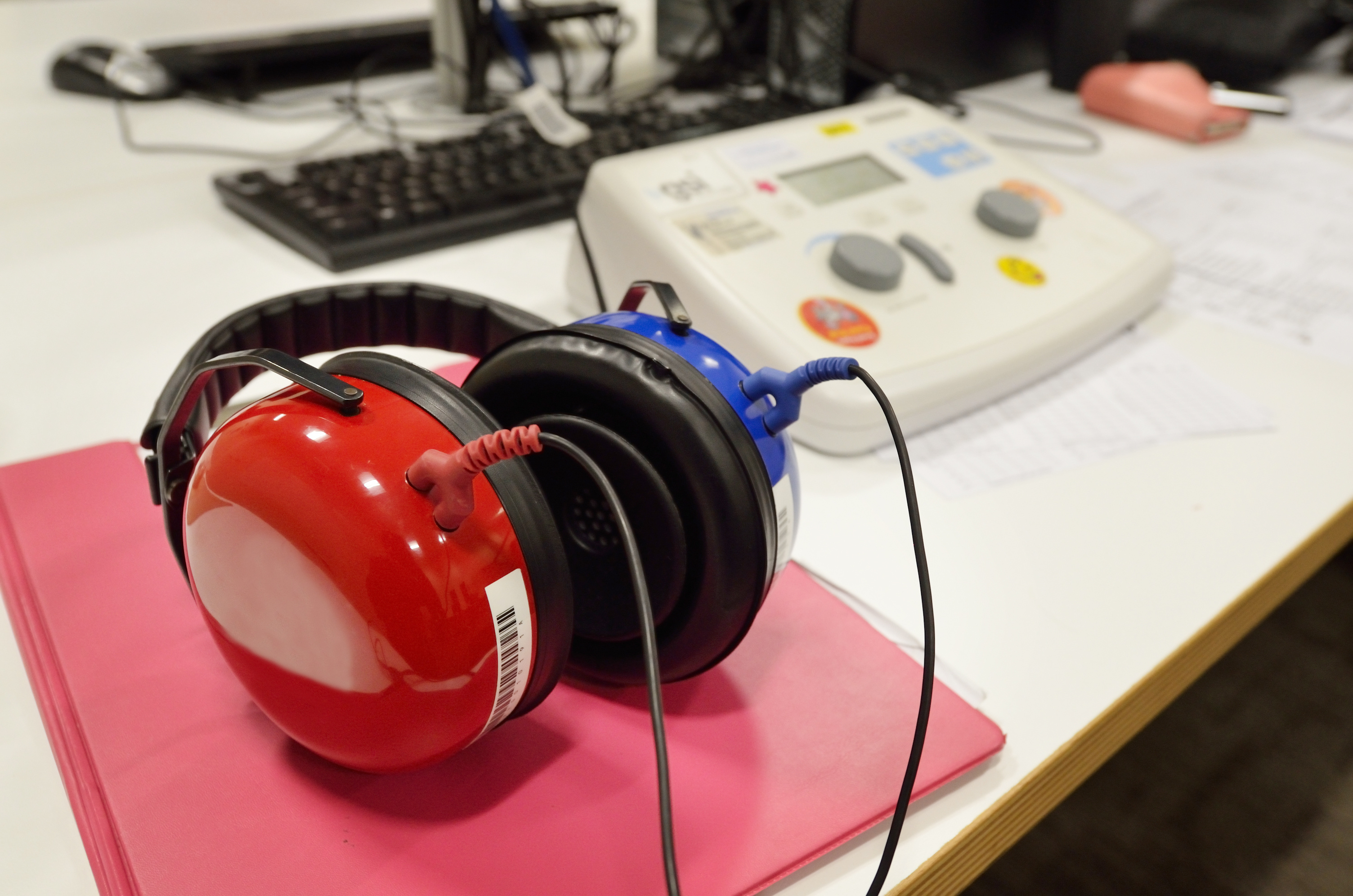
Mismatch negativity
What is mismatch negativity (MMN)? MMN is an auditory event-related potential that is generated when a stimulus feature deviates from the regularity of previous auditory stimuli. This deviance can be a simple physical characteristic, such as tone duration, intensity, frequency or location; or more abstract presentation characteristics, such as a lower tone in a series of ascending tones. In this way, MMN generation relies on the creation of an auditory (echoic) memory trace for the preceding tones, in order to identify the subsequent deviance. MMN is thought to be an automatic, pre-attentional process and functions as an index of auditory…
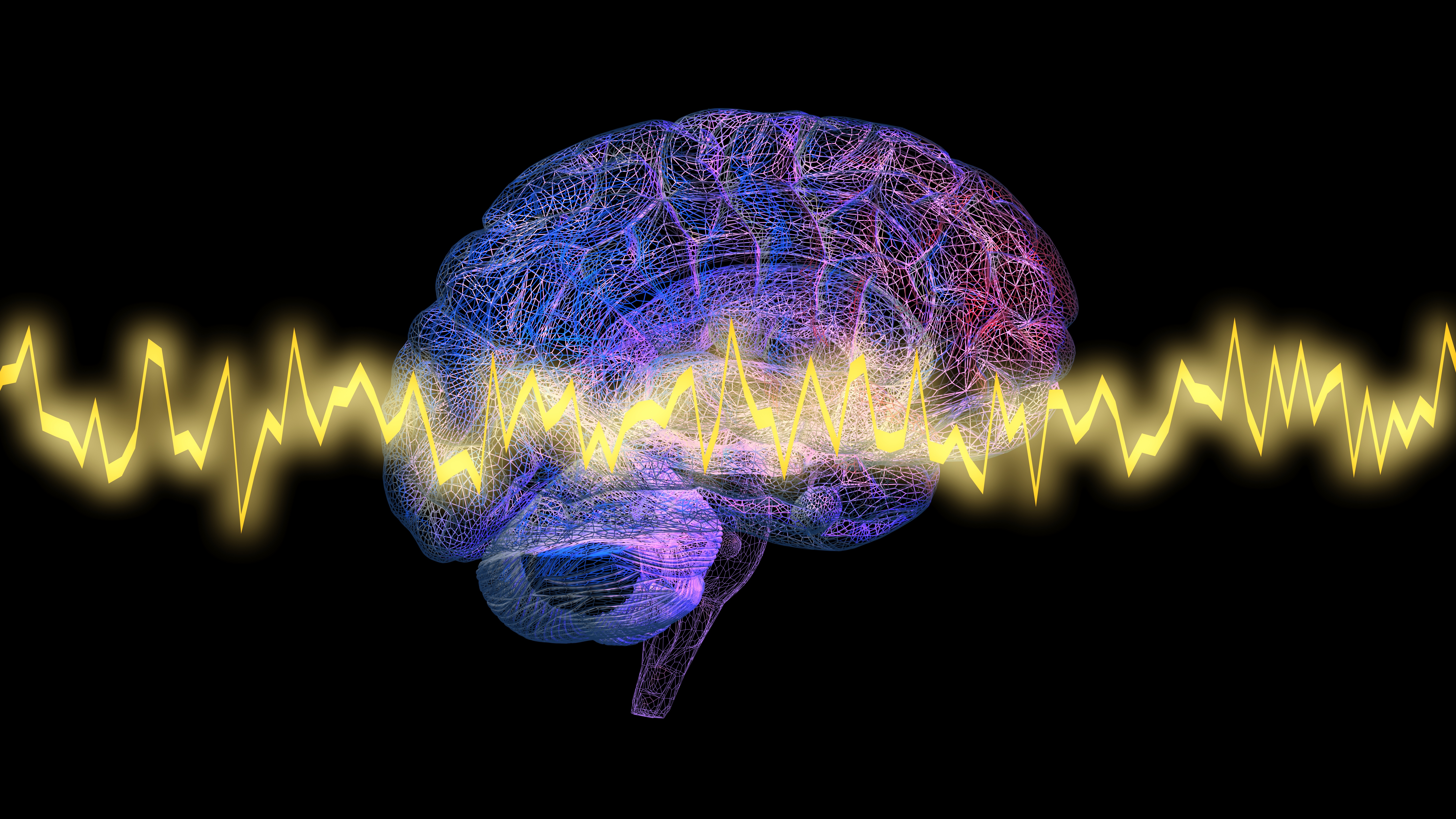
N100
What is N100 event-related potential? The N100 is a negative waveform that peaks at approximately 100 milliseconds after stimulus presentation. Its amplitude is measured using electroencephalography (EEG) and may be dysfunctional in people with schizophrenia who show an inability to “gate” or inhibit irrelevant sensory information, ultimately leading to conscious information overload. To test this, paired auditory clicks are presented, separated by a short interval, usually of 0.5 seconds. The first click initiates or conditions the inhibition, while the second (test) click indexes the strength of the inhibition. An absence of a reduced response to the second stimulus is interpreted…

N170
What is the N170 event related potential? The N170 wave is an event-related brain potential (ERP) measured using electroencephalography (EEG). The N170 is a negative waveform that peaks at approximately 170 msec after stimulus presentation. It is observed at occipitotemporal sites and with greater amplitude over the right hemisphere. The N170 ERP is observed in response to a variety of facial stimuli, so it may reflect a neural mechanism for detection of human faces. What is the evidence for N170 event related potential? High quality evidence shows people with schizophrenia have a medium-sized reduction in N170 amplitude in response to…
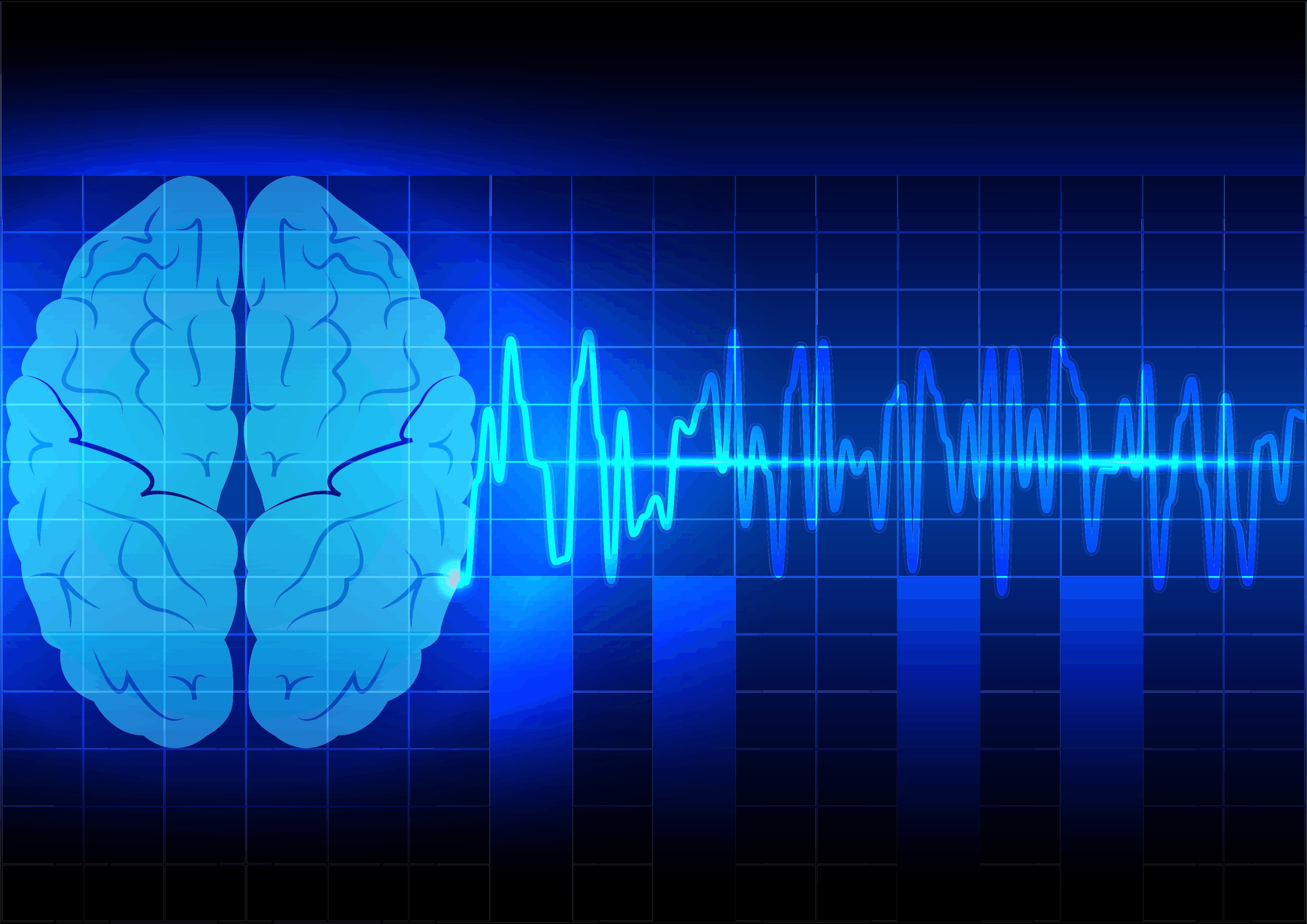
N250
What is N250 event related potential? The N250 wave is an event-related brain potential (ERP) measured using electroencephalography (EEG). The N250 is a negative waveform that peaks at approximately 250 msec after stimulus presentation. It is observed at fronto-central sites in response to face stimuli, and so it may reflect a neural mechanism for detection of human faces. What is the evidence for N250 event related potential? High quality evidence shows people with schizophrenia have a medium-sized reduction in N250 amplitude compared to controls during exposure to face stimuli. October 2020

N400
What is N400 event-related potential? The N400 wave is an event-related brain potential (ERP) measured using electroencephalography (EEG). N400 refers to a negativity peaking at about 400 milliseconds after stimulus onset. It has been used to investigate semantic processing, which may be dysfunctional in schizophrenia. Semantic processing can be separated into two stages; early automatic semantic activation without the involvement of attention, and late contextualisation that is influenced by attention. The semantic priming effect refers to the reduction of reaction time to a word (e.g. table) when it is preceded by a semantically congruent context (e.g. chair) as opposed to…
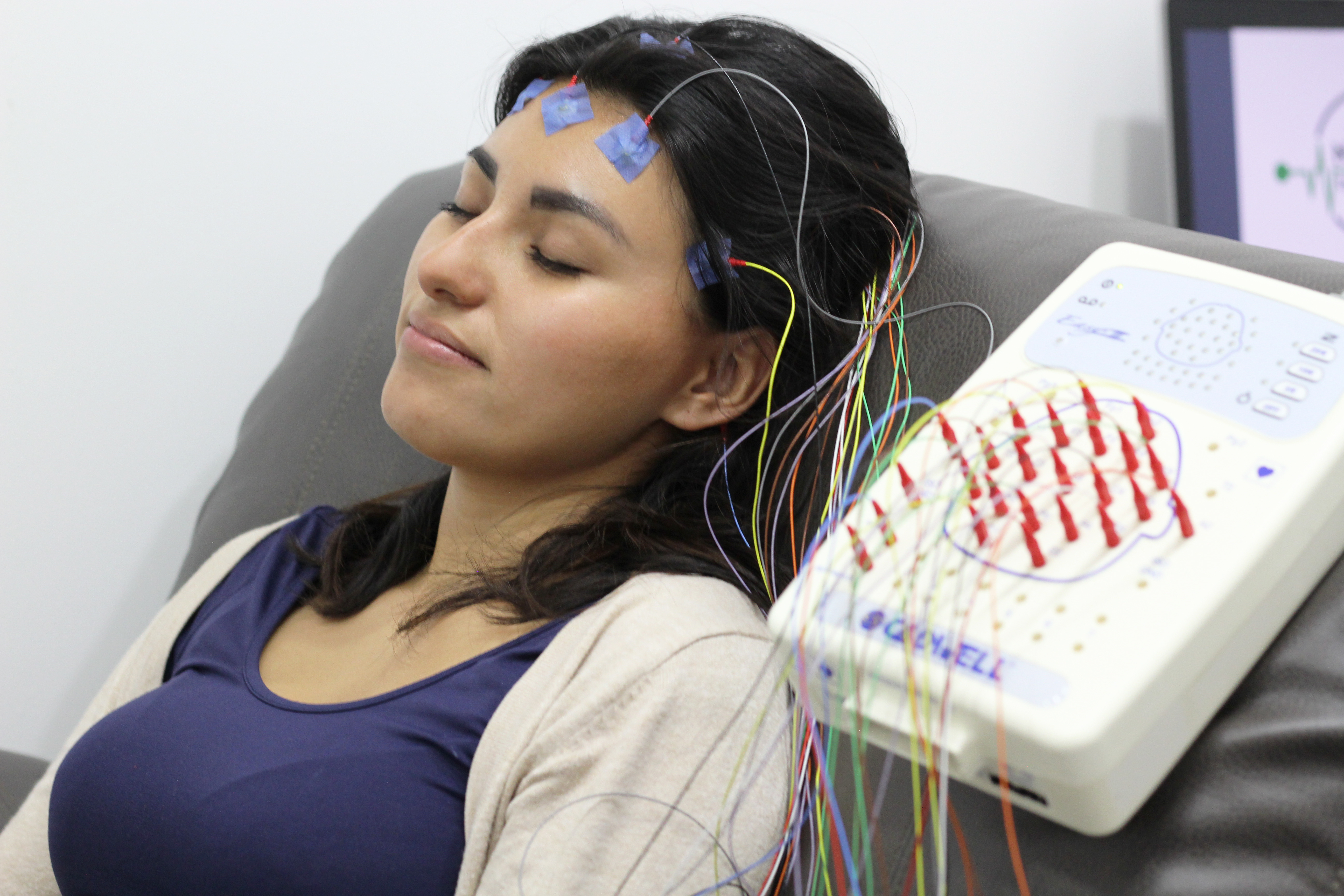
P100
What is P100 event-related potential? The P100 is a positive waveform that peaks at approximately 100 milliseconds after stimulus presentation. The P100’s latency and amplitude vary with aspects of selective attention or stimulus encoding. Latency is considered a measure of stimulus classification speed, and amplitude is proportional to the amount of attentional resources devoted to the task and the degree of information processing required. What is the evidence for P100 event-related potential? Moderate to high quality evidence finds a medium-sized reduction in P100 amplitude with neutral and happy face stimuli, but not fearful face stimuli in people with schizophrenia compared…
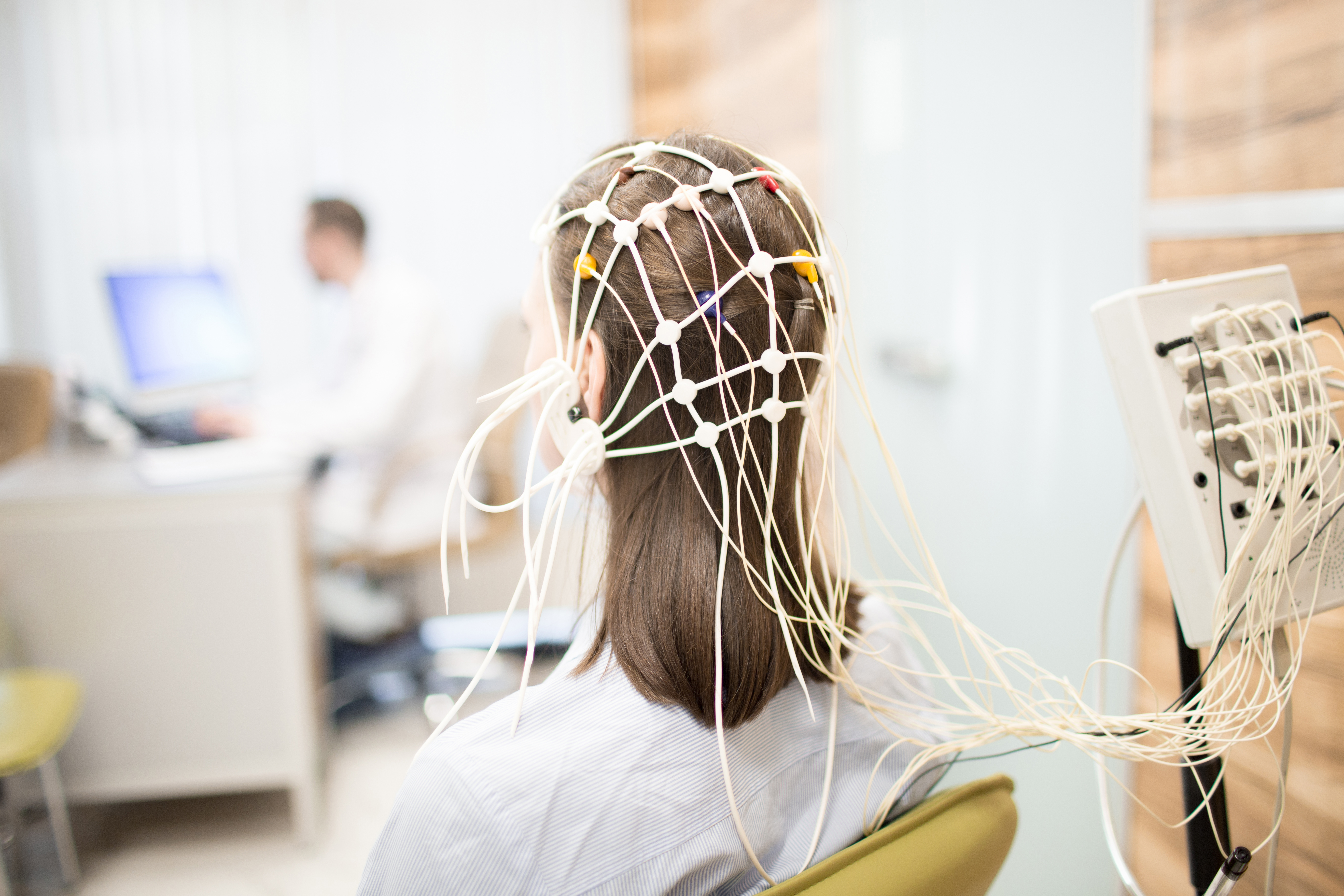
P200
What is the P200 event-related potential? The P200 wave is an event-related brain potential (ERP) measured using electroencephalography (EEG). P200 refers to a spike in activity approximately 150 to 250ms following presentation of a target stimulus that is most commonly auditory, although response is also obtained following somatosensory and visual events. The P200’s latency and amplitude vary with aspects of selective attention or stimulus encoding. Latency is considered a measure of stimulus classification speed, and amplitude is proportional to the amount of attentional resources devoted to the task and the degree of information processing required. Amplitude and latency may be…
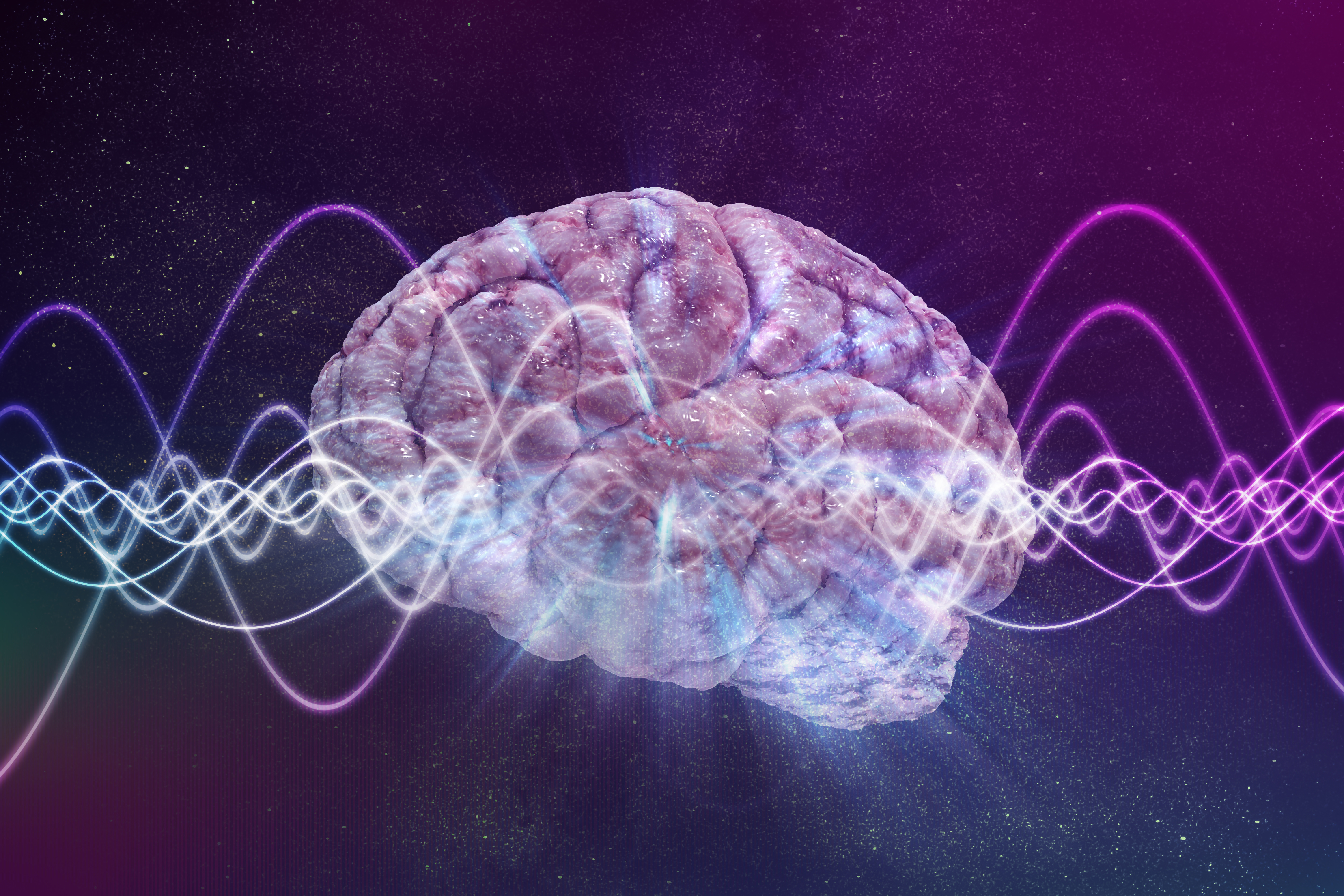
P3 and LPP
What is P3 and LPP event-related potentials? The P3 component can be divided into the P3a and P3b, with the P3a signifying attention to a novel stimulus, and the P3b being associated with the motivational salience of a stimulus. P3b generally appears as a positive deflection over the parietal midline sagittal plane (Pz) from 250 to 500 ms following stimulus presentation. The amplitude of the P3b is modulated by motivation. P3 has been used to examine responses to emotional stimuli by capturing attention and requiring additional processing because of the emotional content. Another event related potential component closely related to…

P300
What is P300 event-related potential? The P300 wave is an event-related brain potential measured using electroencephalography (EEG). P300 refers to a spike in activity approximately 300ms following presentation of the target stimulus, which is alternated with standard stimuli to create an ‘oddball’ paradigm, which is most commonly auditory. In this paradigm, the subject must respond only to the infrequent target stimulus rather than the frequent standard stimulus. The amplitude of the P300 response is proportional to the amount of attentional resource devoted to the task and the degree of information processing required, while the latency is considered a measure of…
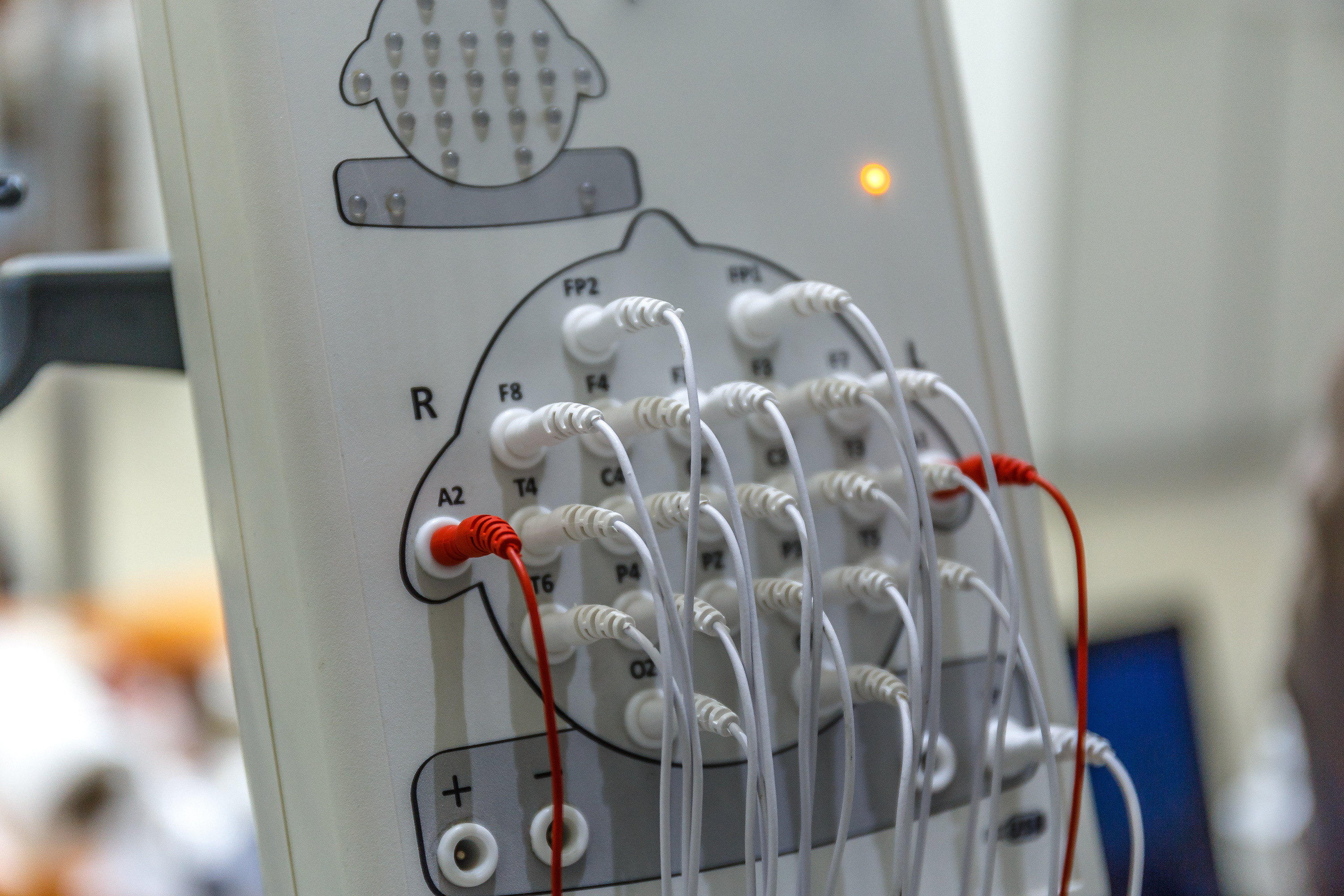
P50
What is P50 event-related potential? Some theories suggest that schizophrenia is associated with cognitive and perceptual deficits, which may be manifested as an inability to “gate” or inhibit irrelevant sensory information, ultimately leading to conscious information overload. The P50 event-related potential is interpreted as a physiological substrate for this deficit. In this paradigm, paired auditory clicks are presented, separated by a 500ms interval. A positive brain potential measured maximally over the vertex is observed using electroencephalogram (EEG) technology, with the vertex 50ms following the stimulus. The first click initiates or conditions the inhibition, while the second (test) click indexes the…

Prepulse inhibition
We have not found any systematic reviews on this topic that meet our inclusion criteria. Pending enough primary studies, we invite reviews on this topic to be conducted. Alternatively we will endeavour to conduct our own review to fill this gap in the Library. December 2019
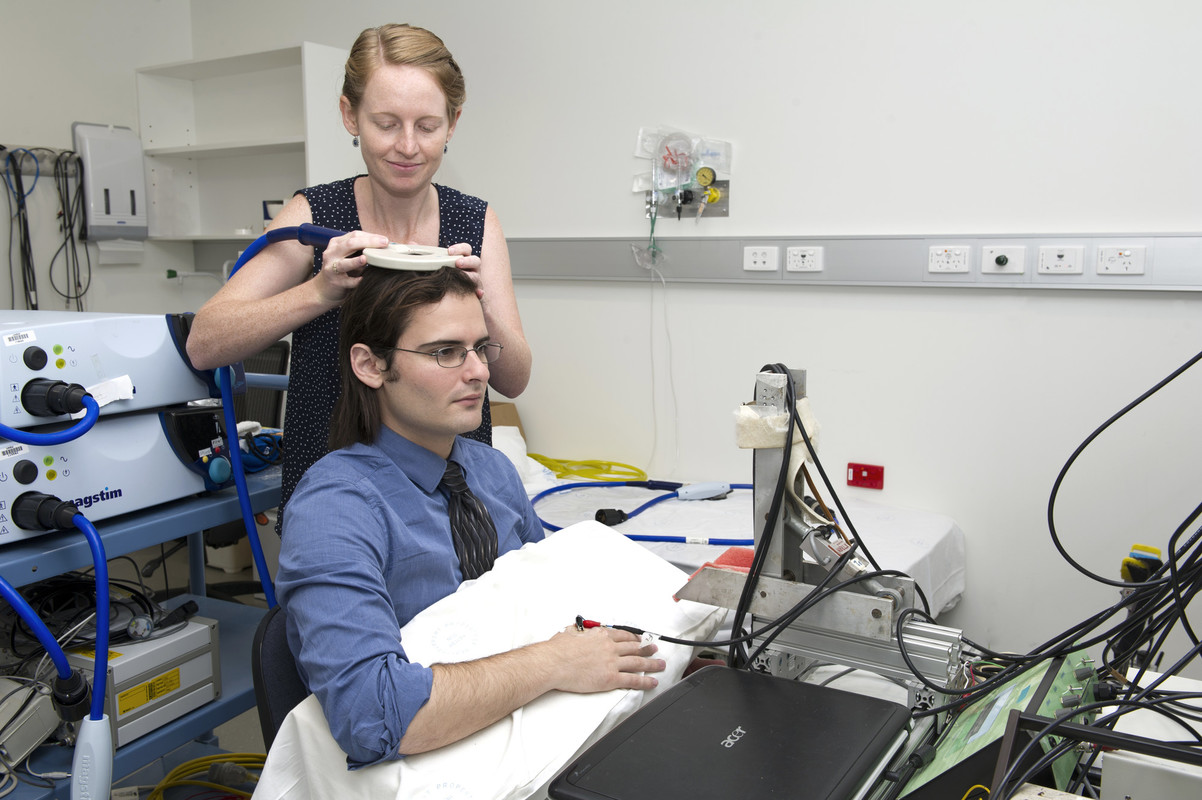
Transcranial magnetic stimulation
What is transcranial magnetic stimulation? Transcranial magnetic stimulation (TMS) is a non-invasive method that assesses inhibitory and excitatory mechanisms in the brain. Inhibitory processes include the cortical silent period, which is measured from the motor evoked potential onset to the return of electromyography. Long and short-interval cortical inhibition involve the pairing of a suprathreshold conditioning stimulus followed by a suprathreshold test stimulus, at either long or short interstimulus intervals. Excitatory processes include the motor evoked potential amplitude, which is measured as the average response to a series of pulses applied at a consistent TMS intensity. The resting motor threshold is…
Green - Topic summary is available.
Orange - Topic summary is being compiled.
Red - Topic summary has no current systematic review available.
